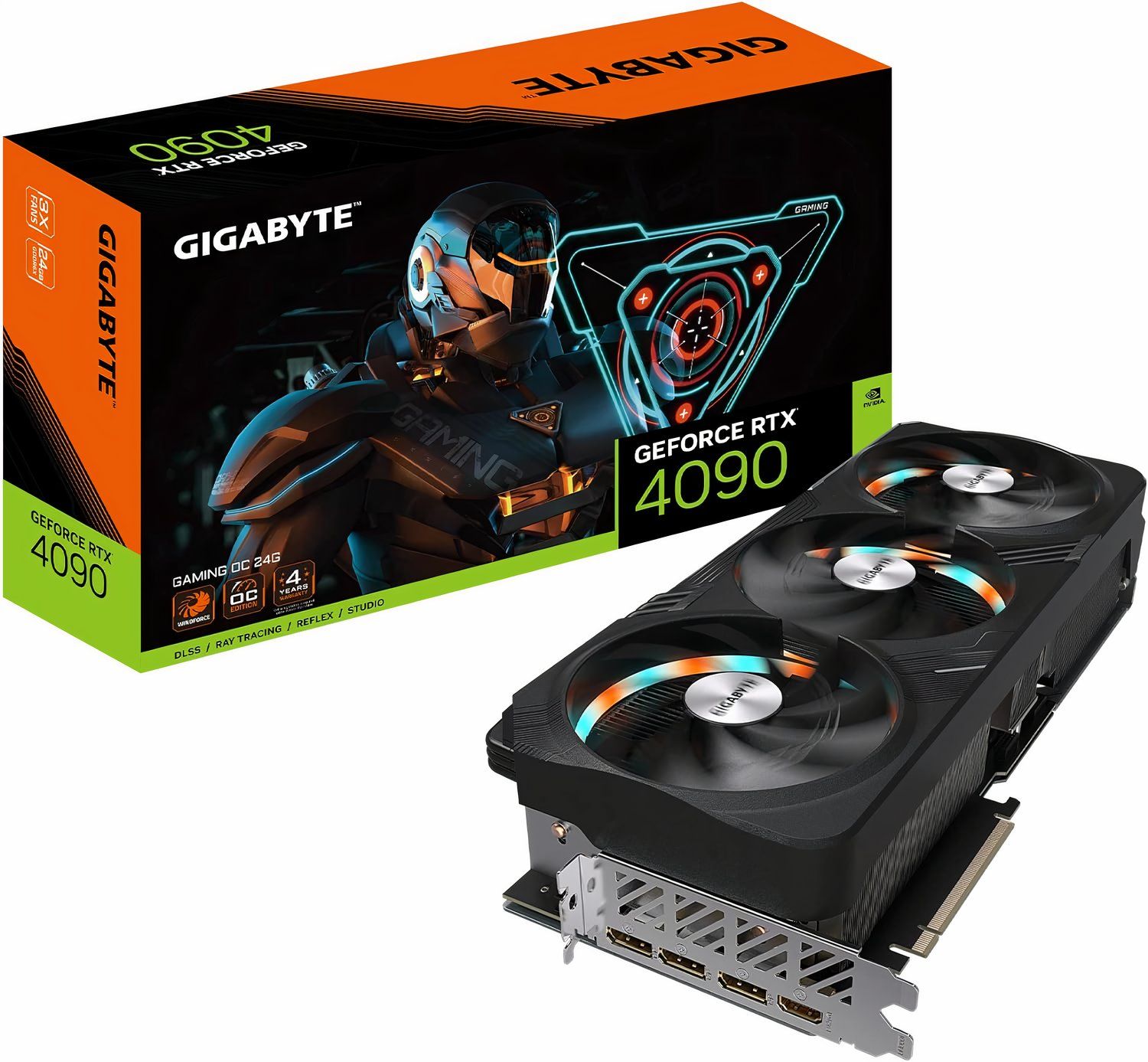Digital Insights
Your go-to source for the latest in technology and gadget reviews.
Gaming GPUs: The Unsung Heroes of Your Battle Station
Discover why gaming GPUs are the secret weapons of your battle station. Unleash explosive performance and elevate your gaming experience!
Understanding GPU Architecture: The Key to Enhancing Gaming Performance
Understanding GPU architecture is essential for both casual gamers and serious enthusiasts aiming to enhance their gaming performance. Modern graphics processing units (GPUs) are intricate systems designed to handle the immense demands of real-time rendering, and their layout significantly affects how efficiently they process graphical data. Key components of GPU architecture include cores, memory, and bandwidth, each playing a vital role in optimizing performance. By grasping how these elements interact, gamers can make informed decisions when selecting hardware that meets their needs, ensuring a seamless and immersive gaming experience.
One of the most critical aspects of GPU architecture lies in its ability to parallelize tasks. Unlike CPUs, which typically have a few powerful cores optimized for sequential processing, GPUs contain hundreds or even thousands of smaller cores designed for simultaneous operations. This parallel processing capability is what enables GPUs to handle complex computations typical in modern games, such as shading and texture mapping, significantly improving frame rates. Furthermore, advancements like ray tracing require a robust architecture to produce realistic lighting and shadows, making understanding this technology all the more important for achieving superior gaming performance.

Top 5 Features to Look for in a Gaming GPU
When selecting a gaming GPU, there are several essential features to consider to ensure optimal performance. Firstly, VRAM capacity is crucial because it affects how much data the GPU can handle at once. For modern games, a minimum of 6GB of VRAM is recommended, but 8GB or more is ideal for higher resolutions and settings. Secondly, the CUDA cores or stream processors play a significant role in the GPU's processing power. A higher number of cores typically translates to better performance, enabling smoother gameplay and faster frame rates.
Another important feature to look for is ray tracing support. This technology enhances lighting and shadow effects, providing a more realistic gaming experience. Additionally, consider the cooling solution of the GPU, as an efficient cooling system can prevent overheating during long gaming sessions, thereby prolonging the life of the hardware. Lastly, ensure the GPU is compatible with your system's power supply and motherboard, as this will help avoid performance bottlenecks and maximize your gaming experience.
How Do Gaming GPUs Impact Frame Rates and Visual Fidelity?
The performance of gaming GPUs plays a crucial role in determining frame rates, which measure how many frames per second (FPS) a game can render. Higher frame rates directly correlate with smoother gameplay and reduced motion blur, significantly enhancing the gaming experience. For instance, a GPU capable of delivering 60 FPS or higher will provide a smoother visual experience compared to one that struggles to maintain 30 FPS. Additionally, fluctuations in frame rates can lead to issues like screen tearing, which detracts from the overall quality of gameplay.
Visual fidelity, on the other hand, refers to the quality of graphics, including textures, lighting, and effects that contribute to the realism and appeal of a game. A powerful gaming GPU can handle advanced graphical features such as ray tracing and high-resolution textures, resulting in more immersive environments and characters. As a gamer, investing in a high-performance GPU not only boosts frame rates but also elevates the visual experience, allowing you to appreciate the intricate details that developers painstakingly craft. This combination of smooth performance and stunning visuals is what many gamers strive for, making the GPU a vital component in any gaming setup.